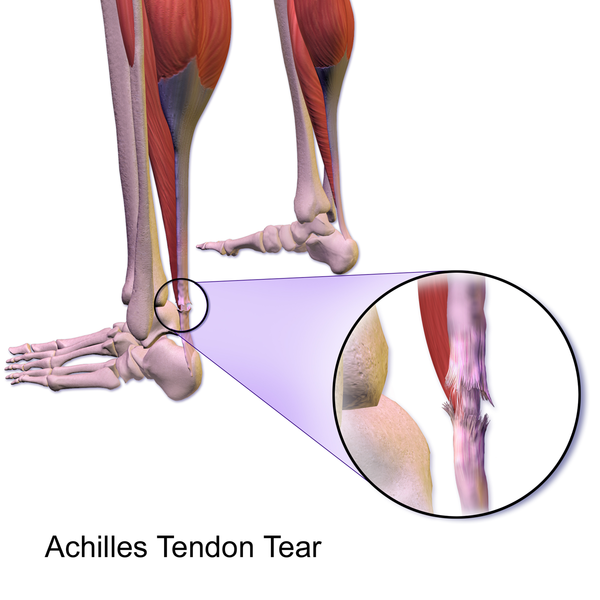Reduced blood flow response after running as a risk factor for the development of Achilles tendinopathy
Achilles tendon is the largest and strongest tendon in the human body, yet it is commonly injured, especially the development of tendinopathy. Achilles tendinopathy is considered to be an overuse injury and mostly found in runners and running sports in the age range from 30 years old to 60 years old. However, its origin remains elusive.
A study from Ghent University Belgium investigated the role of the vascular response to the activity of the Achilles tendon as possible risk factors in the development of Achilles tendinopathy.
The study recruited 300 students who were followed prospectively for two consecutive years. Of those, 250 students who completed the study, were included in the statistical analysis. At the start of the trial, foot posture index and ultrasound measurements of tissues were carried out bilaterally. Blood flow and tendon thickness were measured before and after a running activity. Statistical analyses were performed to identify significant contributors to the development of Achilles tendinopathy.
During the 2-year follow-up, 27 of the included 250 participants developed Achilles tendinopathy (11%). The risk of developing Achilles tendinopathy increased for female and if the blood flow to the tendon decreased after running.
Physical activity generates an increased metabolic demand, and to fulfill this, a cardiovascular redistribution of blood flow to the working soft tissues is induced. As a normal physiological response to activity, blood flow in Achilles tendon is increased.
A decrease of the tendon blood supply results in hypoxia, which has been demonstrated to regulate inflammatory and apoptotic factors in tendon cells and to promote a ‘‘switch’’ in collagen matrix synthesis. This resultant altering of material properties leads to weakening of the normal tendon structure. It was suggested that in a hypovascular structure, the extent of necessary matrix remodeling is restricted. A further suggestion is that an insufficient blood supply could indicate anaerobic conditions in the tendon inducing higher lactate levels.
The study demonstrated that the lower the increase in blood flow after running, the higher the risk for developing Achilles tendinopathy, especially in women.
Ultrasound of tendon structure, Achilles tendon thickness, and foot posture did not help in the prediction of Achilles tendinopathy.
Thus it is recommended to improve blood flow after running using noninvasive techniques such as compression stockings, heat, massage, and vibration. These techniques may be useful in the prevention and management of Achilles tendinopathy, but further research is needed.


